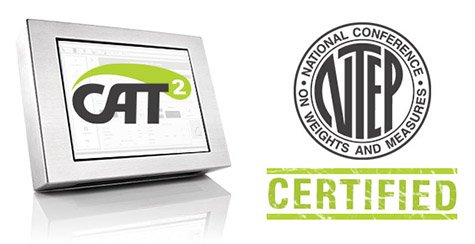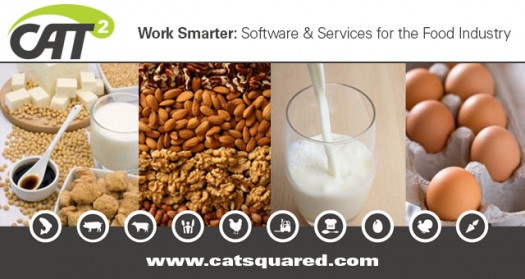By 2027, retailers must be able to scan a 2D barcode to retrieve the GTIN-12 (UPC) data string in addition to the linear, 1D EAN/UPC barcode that is commonly used today for pricing information at checkout. This does not mean the linear UPC barcode will go away entirely, but product suppliers will be able to choose between using a 2D barcode or both barcodes on their POS items.
The rollout of the 2D barcode requirement is supported through Sunrise 2027, a new initiative from GS1 US – a neutral, not-for-profit organization that develops internationally recognizable supply chain standards.
4 min read
Are Meat Processors Prepared for the Extinction of the UPC Barcode?
By Sheridan Brewer on Apr 5, 2022 5:19:30 PM
Topics: food traceability supply chain software labeling system weigh and label system inventory accuracy waste prevention
1 min read
CAT Squared Keeps Mar-Jac Poultry Compliant with State Regulations
By Kathy Barbeire on Dec 19, 2017 2:46:35 PM
For industrial-scale food producers, staying compliant with a patchwork of state, federal, and international regulations is challenging. The State of Alabama requires commercial manufacturing operations like Mar-Jac to maintain National Type Evaluation Program (NTEP) certification on their weighing and measuring instruments. Not only do the scales and other hardware devices themselves need to be certified, but the software reading data from these devices must also conform to the standards of the National Conference on Weights and Measures, ensuring the manufacturer’s data is accurate.
Topics: Labeling manufacturing technology plant-floor software food manufacturing software labeling system regulatory compliance ntep certified system
2 min read
Avoid Recalls Due to Mislabeled Allergens
By Kathy Barbeire on Mar 31, 2015 12:33:07 PM
For the fifth straight year, undeclared allergens were the leading cause of USDA recalls. Starting April 12, 2015, the USDA's Food Safety and Inspection Service (FSIS) began ongoing, monthly testing and verification to determine whether facilities are accurately controlling and labeling the "Big 8" food allergens: wheat, shellfish, eggs, fish, peanuts, milk, tree nuts, and soybeans.





